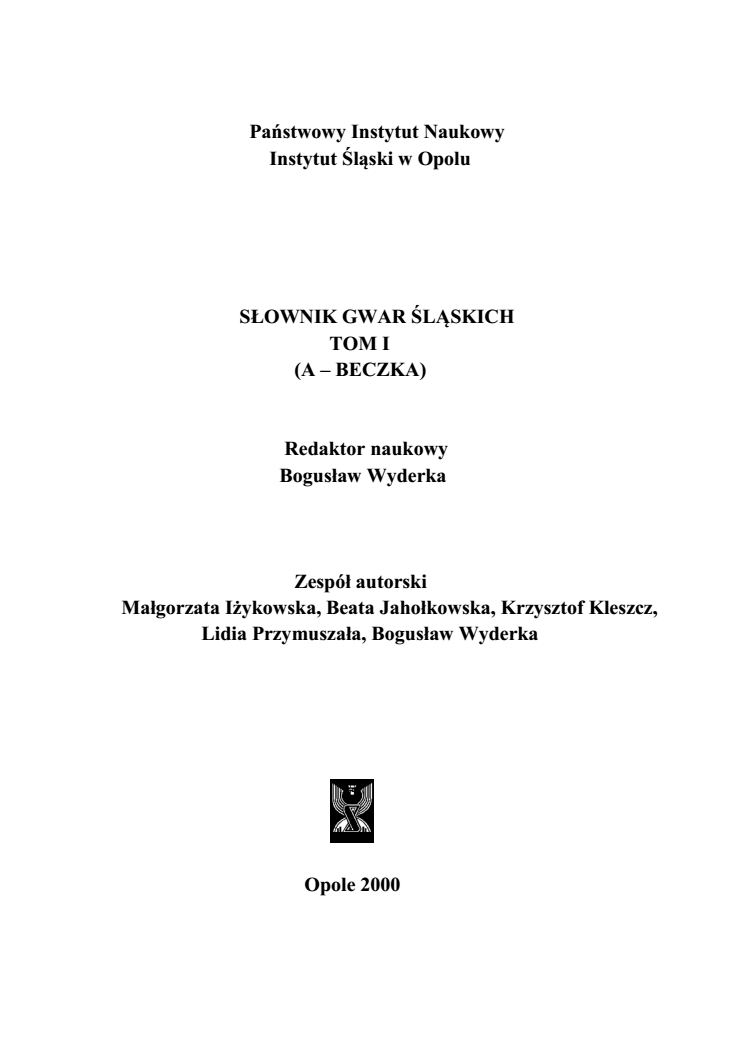
Słownik Gwar Śląskich, tom I (A - BECZKA)
"Glossary of Silesian Dialects" is the result of many years of scientific work of several generations of linguists from the Silesian Institute in Opole, Poland.
More...We kindly inform you that, as long as the subject affiliation of our 300.000+ articles is in progress, you might get unsufficient or no results on your third level or second level search. In this case, please broaden your search criteria.

"Glossary of Silesian Dialects" is the result of many years of scientific work of several generations of linguists from the Silesian Institute in Opole, Poland.
More...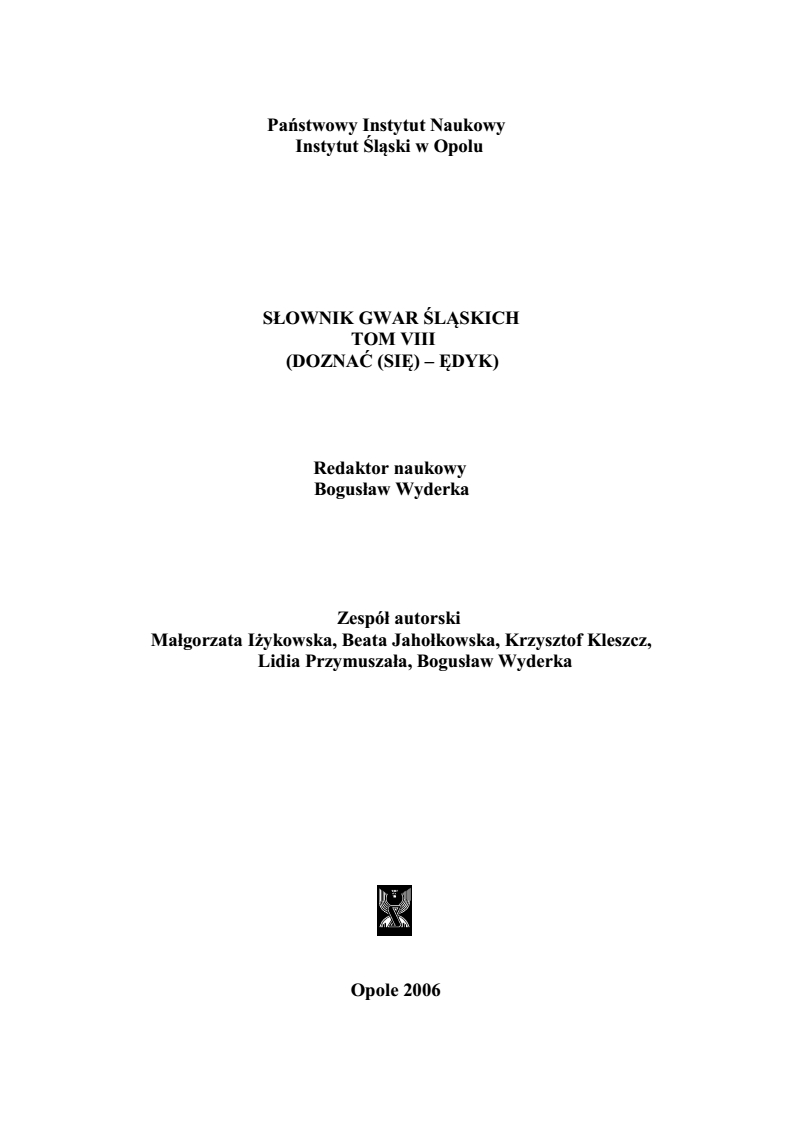
"Glossary of Silesian Dialects" is the result of many years of scientific work of several generations of linguists from the Silesian Institute in Opole, Poland.
More...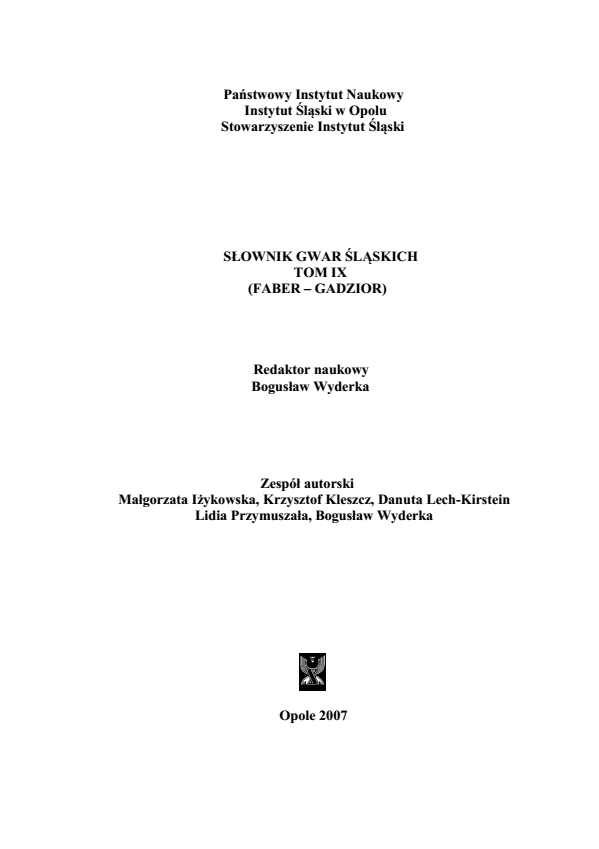
"Glossary of Silesian Dialects" is the result of many years of scientific work of several generations of linguists from the Silesian Institute in Opole, Poland.
More...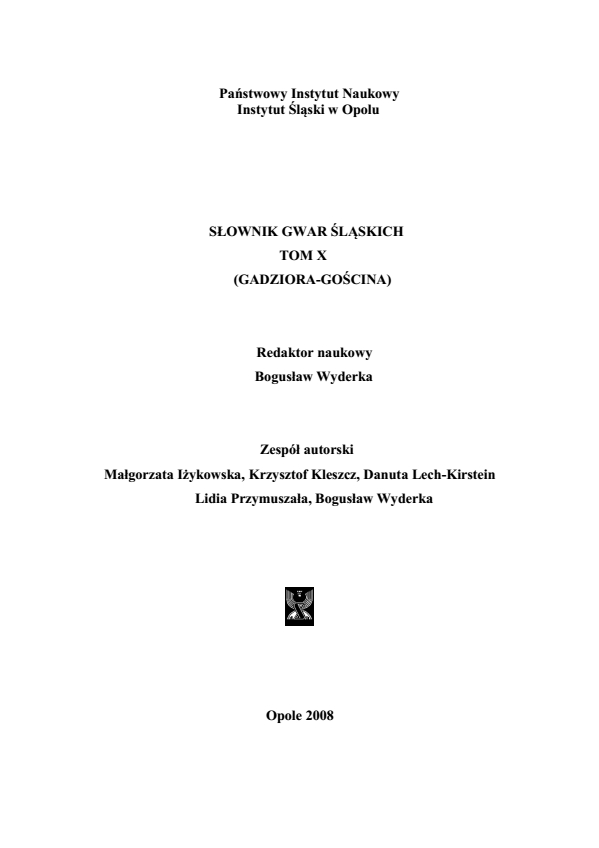
"Glossary of Silesian Dialects" is the result of many years of scientific work of several generations of linguists from the Silesian Institute in Opole, Poland.
More...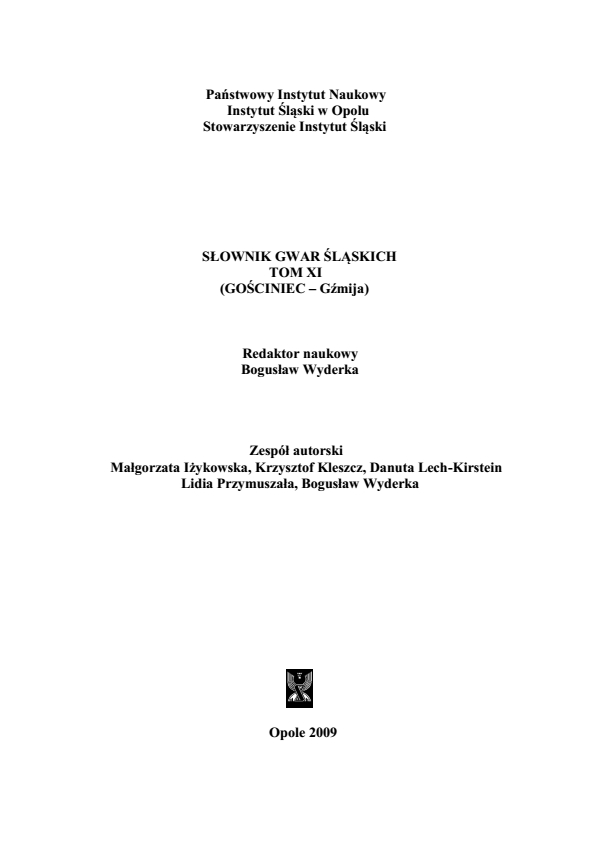
"Glossary of Silesian Dialects" is the result of many years of scientific work of several generations of linguists from the Silesian Institute in Opole, Poland.
More...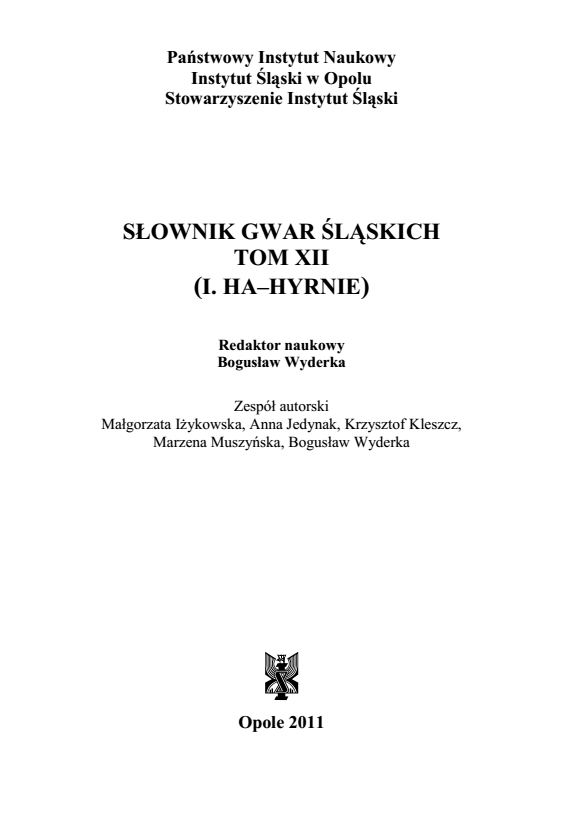
"Glossary of Silesian Dialects" is the result of many years of scientific work of several generations of linguists from the Silesian Institute in Opole, Poland.
More...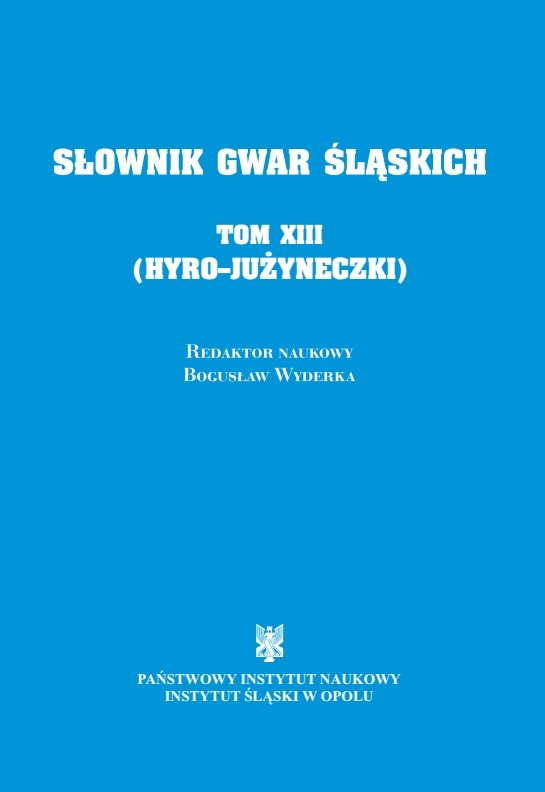
"Glossary of Silesian Dialects" is the result of many years of scientific work of several generations of linguists from the Silesian Institute in Opole, Poland.
More...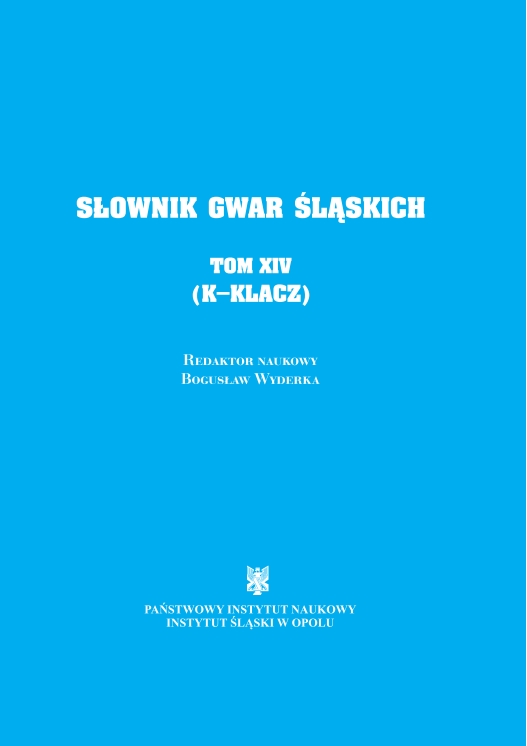
"Glossary of Silesian Dialects" is the result of many years of scientific work of several generations of linguists from the Silesian Institute in Opole, Poland.
More...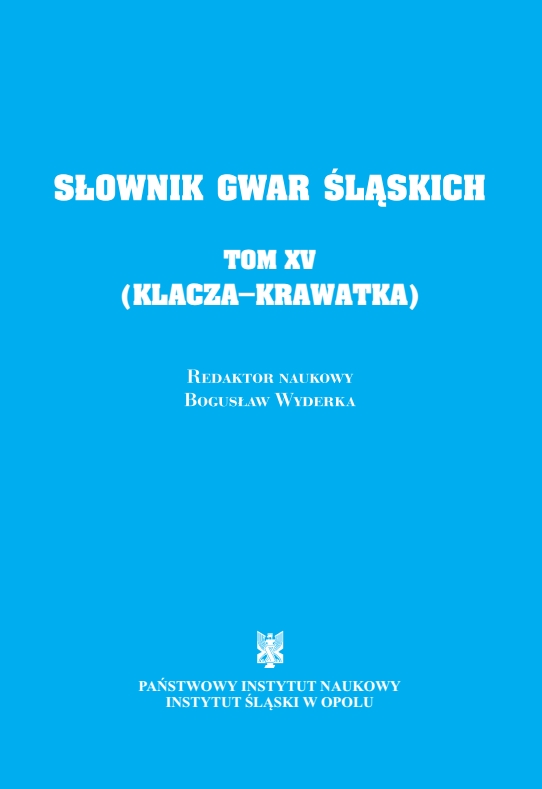
"Glossary of Silesian Dialects" is the result of many years of scientific work of several generations of linguists from the Silesian Institute in Opole, Poland.
More...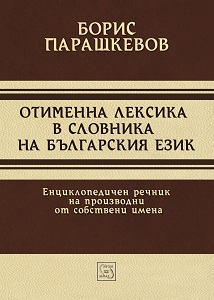
This lexicon, which is structurally the first of its kind among our dictionaries, includes presented nouns and adjectives, as well as insignificant number of verbs in the Bulgarian language. The common feature is that they are derived from their proper names, with the main purpose of creating new terms in different areas of knowledge. Information in dictionary articles has a marked etymological and tight encyclopedic character. Derivatives are words formed from the headword by the addition of a suffix (for example, enshrined at the entry for enshrine). These are often entered as the final section of an entry. Many derivatives are included as headwords in their own right. They are followed by a quotation block illustrating examples of usage.
More...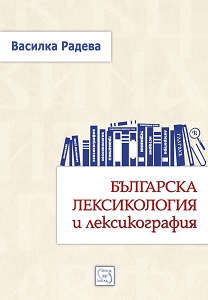
“Bulgarian Lexicology and Lexicography” is a result of the lasting interest of V. Radeva in semantics of the words as the main language unit. It does not only lean on lectures and lecture courses in Leipzig, West Berlin and Saarbrucken, but also it contains a wealth of information that gives the opportunity to create interest in further lexicological issues. Built on the theoretical foundations and achievements of modern lexicology, the work reveals the character of the word as a nomination unit, which through its speech realization performs the communicative function of language. The presentation of word formation is consistent with the role of the derivative word in structuring the lexical system and clarifying the link between word-forming and lexical meaning. Semantic connections in the lexical system are addressed in their development and modification to reveal the dynamic nature of vocabulary. The creation of new lexical units, the elimination of outdated words and meanings, as well as the acquisition of a foreign language vocabulary are clarified as adaptation of the vocabulary to the communicative needs of the spokespersons of the language. Included lexicography section contains information that shows the close relationship of lexicology with lexicographical theory and practice. Designed primarily for philology students, this work will be useful for anyone who seeks to learn and use the Bulgarian word(s) correctly.
More...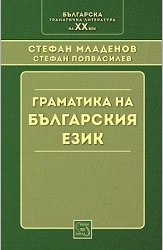
With the series "Bulgarian Grammar Literature of the 20th Century", East-West publishing house aims to familiarize the Bulgarian reader with the outstanding contribution of prominent Bulgarian linguists in the development and formation of our literary linguistic norms in the 20th century, as well as in the development of Bulgarian linguistic science in general. All the editions included in here have been out of print long ago or difficult to find bibliographically. The first two grammars in the series will be phototype editions. This will enable Bulgarian specialists-linguists to look into the history of the development of the Bulgarian grammar literature from the beginning of the 20th century, which predetermined the further development of Bulgarian and general linguistics, showed its valuable contribution to our national cultural treasure.
More...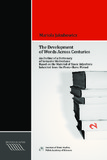
The book deals with changes in words meanings – and especially, the regularities therein – as exemplified by selected Proto-Slavic-derived adjectives denoting human traits, whose semantic development has been analysed since their emergence in the Proto-Slavic period until today. The observed regularities served as the basis for an outline dictionary of semantic motivations, which might be useful when considering etymologies of other (not just Slavic) words from this conceptual field. The book features an extensive theoretical introduction, discussing: the rules of establishing meanings in a proto-language, works devoted to semantic reconstruction of languages, and parallels in semantic development.
More...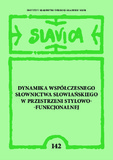
This volume of studies by Polish and international linguists is devoted to changes in modern Slavic languages, which are especially noticeable in the spheres of vocabulary and word formation. Taking into consideration the stylistic and functional aspect of lexis development allows for a better understanding of the dynamics of language change and the efficacy of communicational acts. The purposeful and pragmatic character of communicational behaviour manifests itself widely in the social, political and cultural contexts considered by the Authors. The works comprising the volume are divided into three thematic sections: - Phenomena, processes and tendencies in the development of specialist lexis (terminology); - Word formation and lexical mechanisms dynamics; - Lexical change in modern language communication and discourse. The sections help organize the volume by highlighting the dominant theme in particular texts. The scopes of the sections are, nevertheless, not sharply delineated – each section is to an equal extent devoted to the complex and multifaceted subject-matter of the tendencies and changes in modern Slavic vocabulary. Most of the works comprised in the volume adopt a contrastive approach, the remaining ones can serve as bases for contrastive studies. The text analyse the rich material of the Slavic languages – Polish, Czech, Slovak, Belarusian, Russian, Ukrainian, Bulgarian and Slovene – as well as of other languages, like Modern Greek.
More...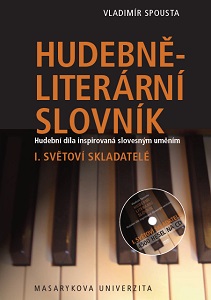
The music-literary dictionary of world’s composers is a contribution to Czech lexicographic literature as it brings a new perspective on the world’s music. It exclusively focuses on composers who were inspired by verbal arts. Deep correspondence between music and literary work is often hidden or is considered as a mere coincidence. It is therefore praiseworthy that the author systematically emphasises and records this interconnection. The dictionary serves as a remarkably plentiful source of information for every admirer of art.
More...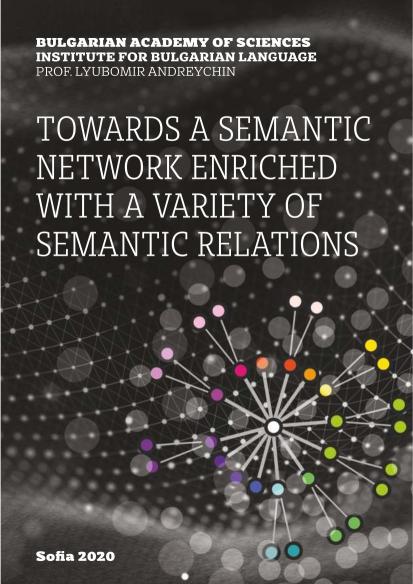
This volume features three chapters and a preface presenting the work on the project "Towards a Semantic Network Enriched with a Variety of Semantic Relations" and its results – the integration of knowledge from various semantic resources for the purpose of enriching the semantic description of verbs. The authors are researchers at the Department of Computational Linguistics at the Institute for Bulgarian Language at the Bulgarian Academy of Sciences.
More...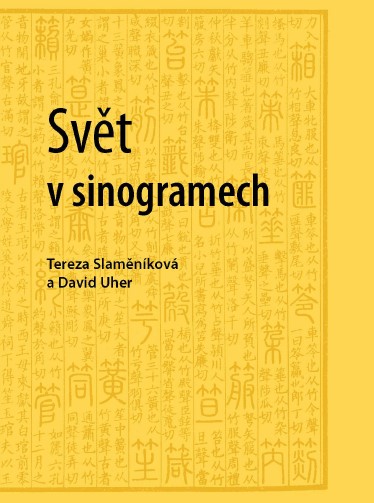
Languages using a pleremic writing system, from which Chinese is undoubtedly the most widespread, show a much deeper connection between language units and their graphic representations since it involves the semantic dimension. What makes the Chinese writing system a truly unique phenomenon is how its graphics capture the meaning of the represented linguistic unit. This semantic connection was primarily established through graphic components with their own meanings, so-called determinatives. Although their use was primarily associated with an effort to distinguish by graphic means the (often too many) different meanings of one sinogram, the entire system also undoubtedly provides unique insight into how ancient Chinese experienced reality. The semantic diversity of sinograms subordinated to one determinative forms a particular network of contexts with some relationship to the basic concept. This book provides a concise Czech translation of the oldest known study on Chinese grammatology Shuo Wen Jie Zi (Meaning Explanation of Primary Sinograms and Structure Analysis of Secondary Sinograms) which endeavors to reflect on the Chinese writing system as an essential bearer of Chinese culture. Based on the procedures of Chinese cultural linguistics, it adopts the author's determinative-based setting and analyses the so-called semantic profile of all the 540 determinatives by arranging sinograms into groups sharing certain semantic features
More...
Drago čitateljstvo, pred vama je zbornik radova Ka rodno nebinarnim jezičnim praksama u izdanju Sarajevskog otvorenog centra. Sama zamisao za rad na rodno inkluzivnom i nebinarnom jeziku Sarajevskom otvorenom centru je došla iz LGBTIQ+ zajednice te je tim SOC-a objeručke prihvatio ovu inicativu. Naročito osjećamo ponos što u djelo možemo sprovesti ideje koje do nas dolaze od onih kojima posvećujemo naš rad i djelovanje. U 2023. tročlani tim zadužen za ovu oblast je krenuo s istraživanjem i radom, a ishodi tog rada upravo se očituju kroz ovaj zbornik i plodonosnu konferencu koja mu je prethodila. Cjelokupni proces je bio raznovrstan, a krenulo se od daloga s rodno nebinarnim i fluidnim osobama do konsultaca sa stručnim osobama iz različitih oblasti i disciplina. Upravo zato, bogat sadržaj samog zbornika nudi interdisciplinaran pristup s ciljem da ponudi perspektive za razmišljanje te rješenja koja mogu biti od pomoći lingvističkoj zajednici, medima, prevoditeljskoj struci, a napose nebinarnim osobama i svima ostalima. Naš tim je svjestan da je učinjen donekle pionirski korak po pitanju rodno nebinarnih i neutralnih jezičnih praksi, uz nadu da će ovaj rad biti podsticaj za buduća promišljanja, djelovanja i nadogradnje ka inkluzivnim društvenim praksama. Možda upravo vaš doprinos ovoj temi bude značajan te vam zbog toga želimo plodonosno čitanje.
More...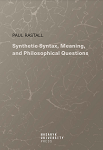
Syntax is seen as the synthetic construction of complex linguistic signs bringing together different areas of experience through the sign function, and is integrated with semantics to account for communicational reality and the nature of meaning. The disposing factors at the interface between experience and verbal means in the application of signs are investigated with detailed examples. The analysis of verbal constructs provides linguistic perspectives on a range of philosophical issues, and illuminates the role of language in what it is to be human. The work consists of thematically related papers, and takes a broadly Saussurean/functionalist “European” approach.
More...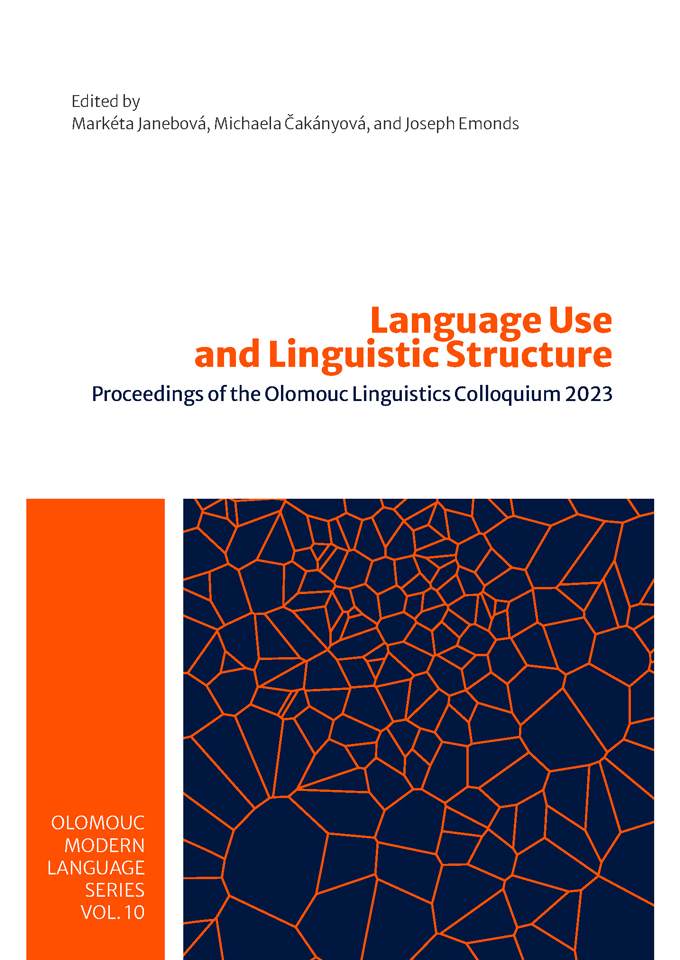
The latest volume of OLINCO proceedings is a selected set of sixteen papers that grew from presentations at OLINCO 2023 - the international Olomouc Linguistics Colloquium held at Palacký University in June 2021. The papers collected here are unified by the topic of the colloquium: Language Use and Linguistic Structure, in that they all, in one way or the other, address the central questions of the study of human language. They all use standard scientific methodology and theory and solidly researched empirical evidence in favor of formalized structural representations of the language system.
More...